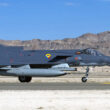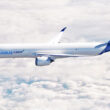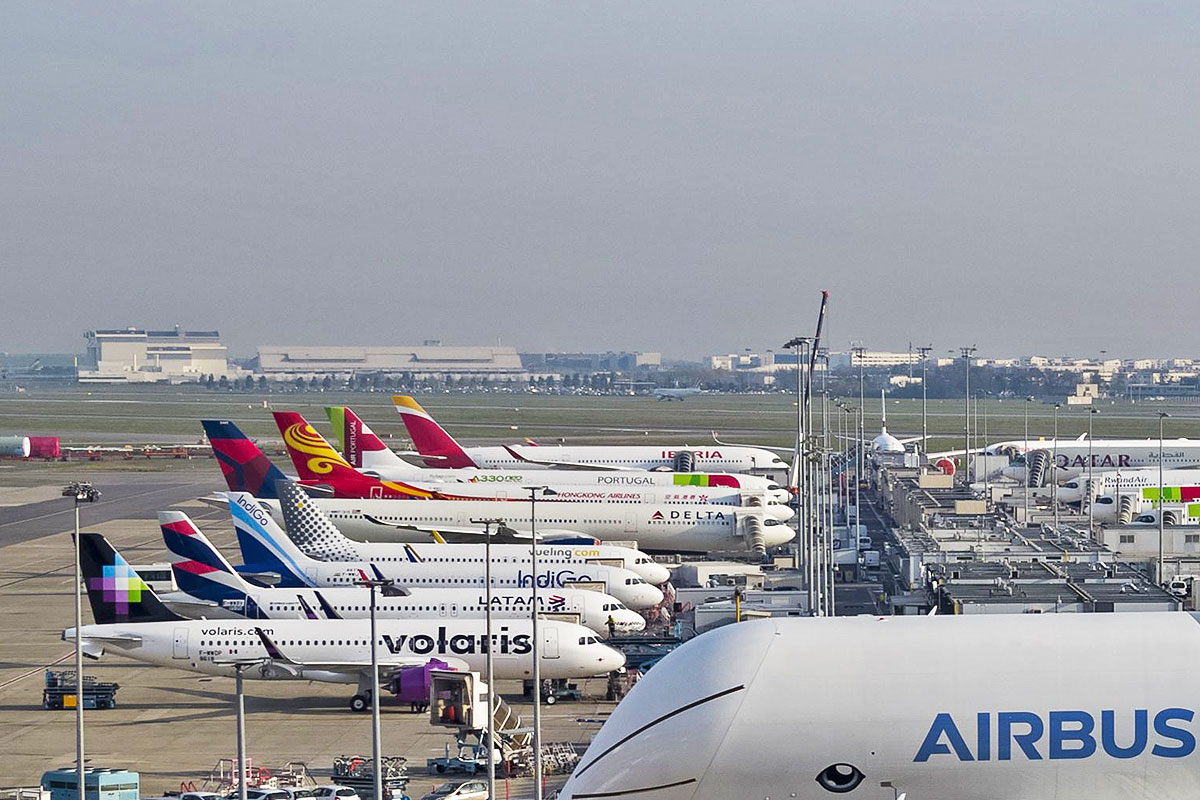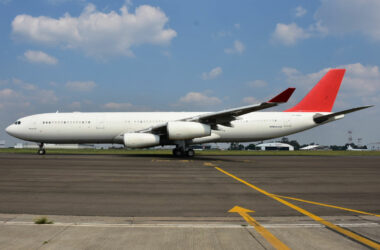ATR has promised to release strategy details on the future of its turboprop aircraft in the “next two to three months”. The statement came from Stefano Bortoli, the company’s CEO, during the presentation of the company’s 2021 results, last week.
The chief executive of ATR, however, did not provide any information about the company’s new plan in relation to its planes. He said that the manufacturer has not made any decision on the introduction of futuristic powertrain technologies, such as hybrid-electric systems or the use of hydrogen, nor has it committed to launching an entirely new project.
For some outlets, however, Bertoli’s speech was a possible indication of the launch of a new aircraft or updated versions of the ATR 42 and ATR 72 twin-engine models, which are the best-selling passenger turboprops today.
The manufacturer, a partnership between Airbus and Leonardo, has not launched a new aircraft since January 1986, when it presented the ATR 72, after the good response of the ATR 42 on the market.
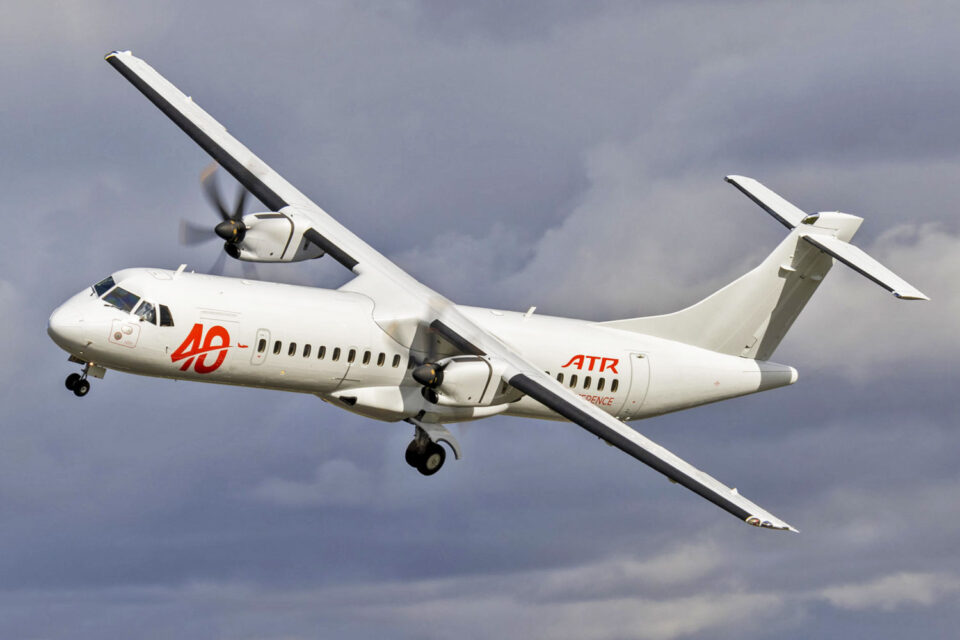
In the 36 years after that, ATR updated its two turboprops, created special versions such as the one dedicated to cargo, but did not propose a new aircraft again or migrated to other segments, as Embraer did, for example.
“We are studying different alternatives and together with our shareholders we will announce the next step when this will be reachable with a timeline that is solid enough to be disclosed to the public,” said Bortoli.
Days after the presentation, ATR announced during the Singapore Airshow that the airline Alliance Air, from India, has closed a contract to lease two ATR 42-600s via the leasing company TrueNoord.
A former regional linked to Air India, Alliance Air operates 18 ATR 72-600s and will use the new aircraft on flights to Shimla and Kullu airports, located at high altitude in the Himalayas.


